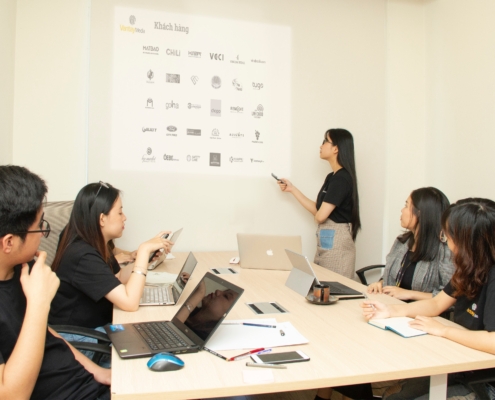The Project Manager’s Relationship with Risk
In a recent LinkedIn Live session, a viewer asked, “How did you learn to embrace risk-taking?” A project manager isn’t the risk-taker in a project—risk is inherent in every project. However, it’s true that project managers must embrace risk. Project managers need to understand the risks within their projects as well as what risk management entails. The project manager also helps the entire team understand the project risks, strategies, and risk management approaches. Here are some things project managers can do to manage project risks effectively:
Alert stakeholders to risks. Part of the definition of a project is “to create a unique service or product.” Uniqueness means risk will be present, so project risk comes with the territory. One project manager duty is to ensure that the organization fully understands those risks. The project manager is like the “risk consciousness” for the business. For all the risks identified in a project, the project manager should alert stakeholders and ensure that everyone understands the strategies for handling the risks should they occur.
Watch for risk triggers. Risk triggers are typically conditions that arise prior to a risk coming to fruition. Watching for them is critical, because they provide early warning to prepare for taking action on the issue. Potential risk triggers could be delays due to busy personnel; delivery delays caused by COVID restrictions, or ships being stuck in canals! When a risk trigger occurs, jump in to update and review associated risks, impacts, and response activities. That way, you’ll be ready to handle the issue when it occurs.
Create a risk management culture. Many risk plans are written and then filed away to gather dust. A project manager can ensure this NEVER happens by embracing and promoting risk management. To regularly draw focus to risks, review upcoming risks in project briefings and status meetings. This integrates risk management into your project culture.
Keep the risk plan up to date. As the project progresses, things change. Update your risk plan accordingly.
Manage risks your sponsor considers acceptable for the project. The job of the project manager is to ensure risks are understood – not to stop project sponsors from taking them. Taking risks is part of project delivery and a significant part of staying competitive in a quickly changing marketplace. Roll with it – and report status frequently so everyone understands where your project lies relative to its risks.
For more about risk management, check out Bob McGannon’s Project Management Foundations: Risk course.
Photo by Anthony Da Cruz from Unsplash






